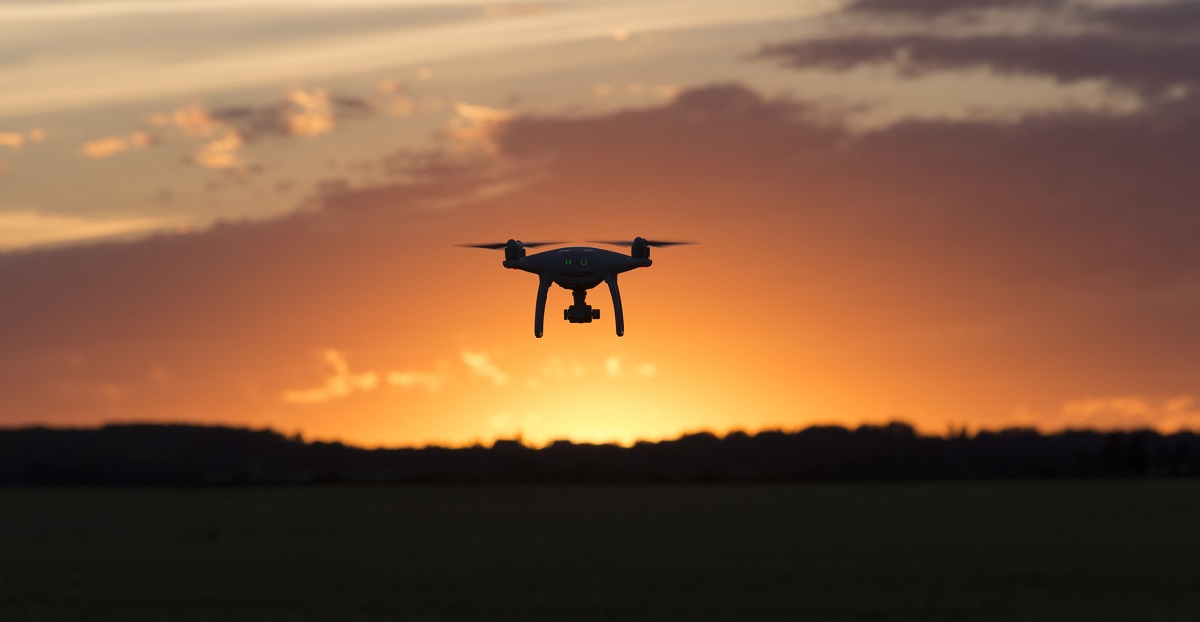Embry-Riddle Collaborates on Unmanned Aerial Systems Pilots Code to Promote Drone Safety

As part of The Aviators Code Initiative (ACI) and the University Aviation Association, Dr. Ryan Wallace of Embry-Riddle’s Daytona Beach Campus and Dr. Kristy Kiernan of Embry-Riddle Worldwide served on the drafting team of the online guide, along with Don Steinman and Michael Baum from ACI.
Embry-Riddle Worldwide’s Dr. Scott Burgess and Dr. David Ison along with Daytona Beach Campus’ Dr. John Robbins and Dr. Mike Wiggins were instrumental in the critical review process.
“The whole UAS industry is looking for the kind of safety and operational guidance the UAS Pilots Code provides,” said Dr. Wallace. “We collected the very best principles and industry-tested best practices for UAS operation and vetted them with industry, government and academia.”
The Code, which was created in conjunction with fellow academics, industry and government groups, is organized into seven sections: General Responsibilities of UAS Pilots; Manned Aircraft and People on the Surface; Training and Proficiency; Security and Privacy; Environmental Issues; Use of Technology; and Advancement of UAS Aviation.
“We are providing this to operators so they don’t have to reinvent the wheel,” said Dr. Kiernan. “They can get on with doing what they do best – using UAS technology to do amazing things.”
The UAS Pilots Code is available in three versions: The annotated version (with endnotes and supporting materials), the condensed version (for pilot implementation) and the abbreviated version (for introduction to and promotion of the Code). It is available free of charge at secureav.com.
“The UAS Pilots Code is a handbook that bridges the gap between manned aviation and aspiring drone pilots,” said Brandon Montellato of unmanned vehicle manufacturer DJI. “It is a must-read for drone pilots seeking to learn and operate safely in the national airspace.”
